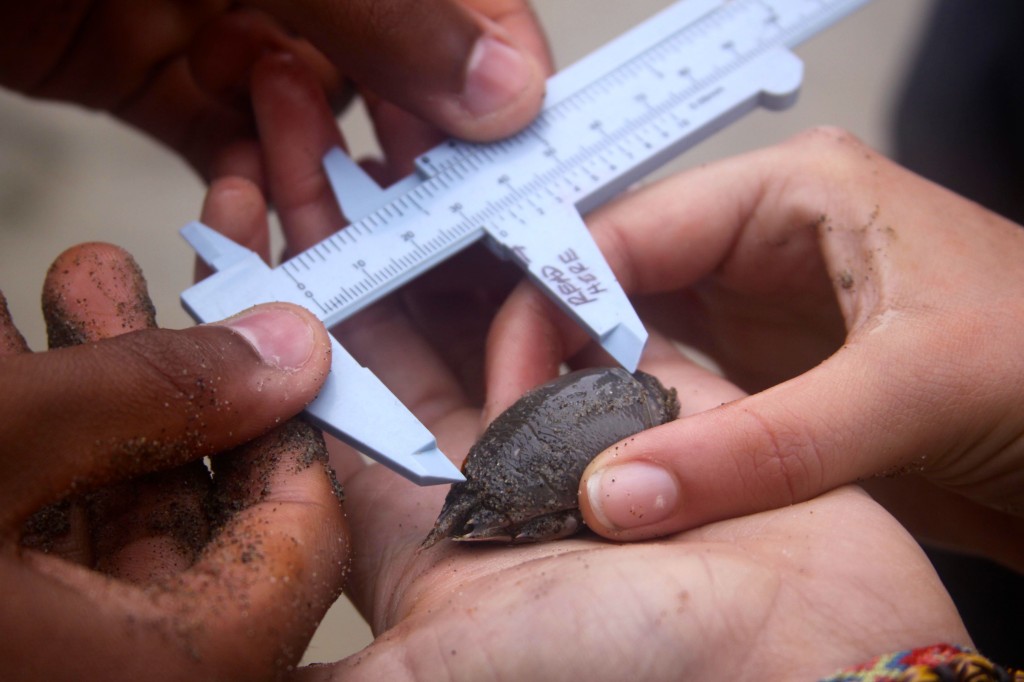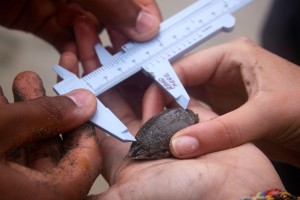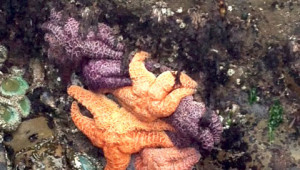
Authors: Halie, Jolene & Matt
Everybody loves going to a nice sandy beach. We set out to learn more about the health of beaches by analyzing the abundance of mole crabs at beaches near cities and beaches in more remote areas.
Although they are no bigger than the size of your thumb and seemingly unimportant creatures, mole crabs are very significant animals on sandy beaches. Their numbers are also indicative of the general health of the entire beach because they are in the middle of the food chain. This means that they are affected by both a scarcity in their prey or predators.
So, how do mole crab populations vary from urban beaches to remote beaches?




































